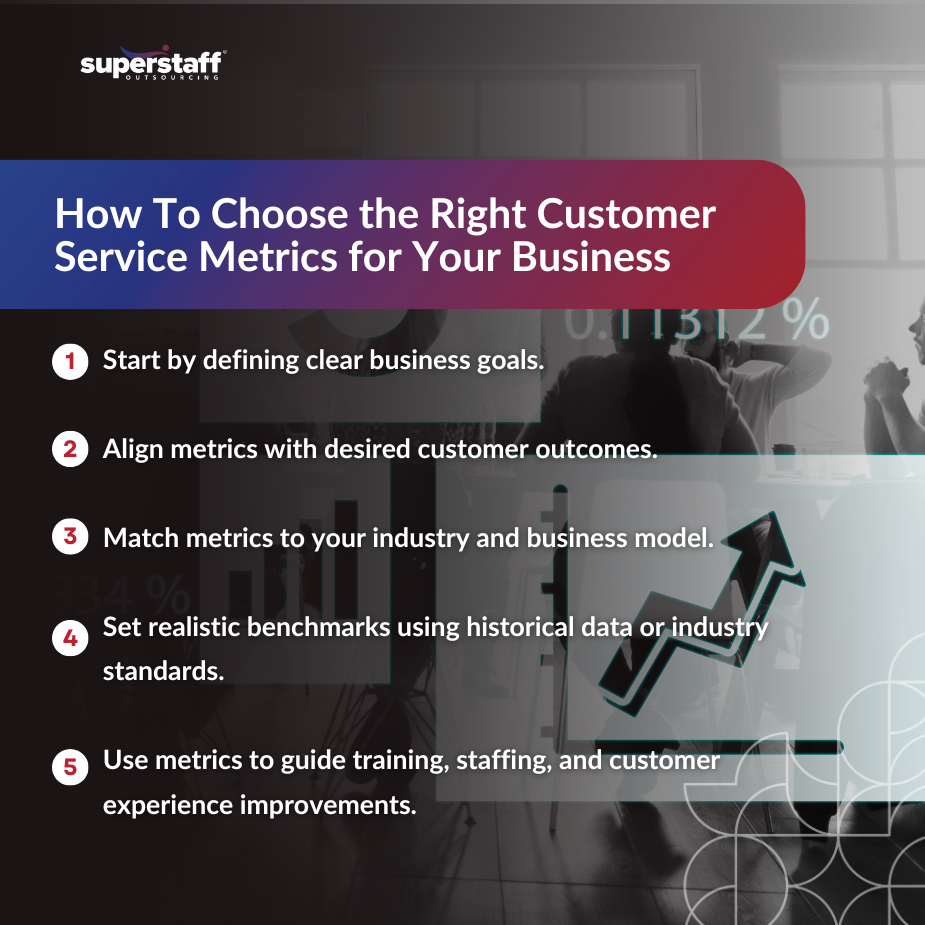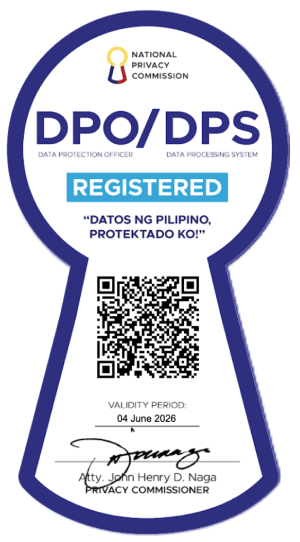
Not all customer service metrics are created equal—especially when your business goals are on the line. While there’s no shortage of KPIs to measure, many companies fall into the trap of tracking what’s most convenient rather than what truly moves the needle. The result? Endless reports that look impressive but fail to drive meaningful improvements in customer satisfaction, loyalty, or revenue.
This guide cuts through the noise to help you identify and focus on the customer service metrics that actually matter for your unique business objectives. Whether your priority is increasing retention, improving operational efficiency, or boosting first-contact resolution, you’ll learn how to select KPIs that give you actionable insights—not just numbers on a dashboard.
By the end, you’ll have a clear framework for aligning your customer service measurement strategy with your growth, satisfaction, and operational goals—ensuring every metric you track has a direct impact on your bottom line.
Why Customer Service Metrics Matter
Customer service metrics are more than numbers—they’re a roadmap to performance, quality, and customer loyalty. In today’s experience-driven economy, data is no longer optional; it’s the foundation of every decision, from staffing levels to product improvements.
When tracked and interpreted correctly, these metrics do more than fill spreadsheets—they give your organization clarity, direction, and the ability to measure progress.
How good metrics drive better outcomes:
- Improve operational visibility
Customer service metrics reveal what’s really happening behind the scenes—bottlenecks in response times, repeat customer issues, and workload distribution. With this visibility, you can proactively solve problems instead of reacting to crises. - Support strategic decision-making
Whether you’re planning to scale operations, invest in new tools, or restructure your team, customer service metrics provide the evidence needed to make informed, low-risk decisions. - Demonstrate ROI of customer service initiatives
Metrics turn customer service from a “soft” function into a measurable, revenue-impacting driver. You can quantify how faster resolution times, higher satisfaction, or reduced churn directly contribute to profitability.
But before choosing metrics, it’s critical to define what you’re trying to achieve.

Identify Your Business Goals First
Effective customer service metrics begin with clearly defined business outcomes. Without this alignment, you risk tracking impressive-looking numbers that don’t actually impact your bottom line.
Instead of starting with the metrics, start with the mission: What do you want your customer service function to accomplish? This approach ensures every KPI serves a purpose.
Questions to guide your goal-setting process:
- Are you focused on growth, efficiency, or retention?
A high-growth startup may care most about scalability and acquisition, while a mature company might prioritize retention and loyalty. - What customer outcomes matter most to your business model?
In some industries, speed is everything. In others, depth and personalization matter more than rapid responses. - Which departments will use the insights?
Customer service metrics should inform more than just the CX team. Sales can use NPS data to identify advocates, while product teams can leverage feedback to guide development.
If your goal is to improve customer loyalty, tracking Net Promoter Score (NPS) and churn rate makes sense. If your goal is operational efficiency, First Response Time (FRT) and Resolution Time might take priority.
Once goals are set, you can start selecting the metrics that reflect them.
Core Categories of Customer Service Metrics
Customer service metrics generally fall into several core categories. Understanding these categories helps ensure you’re measuring customer service the right way, focusing on the most relevant and valuable aspects of performance.
Here are a few examples of customer service metrics for companies:
- Customer Satisfaction Metrics
These track how customers perceive your service:
- CSAT (Customer Satisfaction Score) – Measures how satisfied or dissatisfied customers feel following a particular interaction with your brand.
- NPS (Net Promoter Score) – Measures customer loyalty and likelihood to recommend your business.
- CES (Customer Effort Score) – Measures whether it was relatively easy or difficult for customers to get help and support from your brand representatives.
- Efficiency Metrics
These evaluate how quickly and effectively your team handles inquiries:
- First Response Time (FRT) – Time between a customer’s inquiry and the first reply.
- Resolution Time – How long it takes to fully resolve an issue.
- Ticket Volume – Number of customer inquiries in a given period.
- Quality Metrics
These assess the effectiveness and accuracy of service:
- First Contact Resolution (FCR) – Percentage of issues resolved on the first attempt.
- QA Scores – Internal evaluations of agent performance.
- Customer Feedback – Qualitative insights from surveys or reviews.
- Operational Metrics
These measure the efficiency of your workforce:
- Agent Utilization Rate – Time agents spend on productive tasks versus idle time.
- Occupancy Rate – Percentage of time agents are engaged in active work.
- SLA Compliance – Adherence to service level agreements.
Let’s take a closer look at how different businesses may prioritize different metrics.
Matching Metrics to Your Business Model
Your industry, customer base, and growth stage all influence which customer service metrics matter most. A one-size-fits-all approach doesn’t work—what’s critical in e-commerce might be less relevant in healthcare.
Examples by business model:
- E-Commerce
Prioritize First Response Time, CSAT, and Resolution Time to ensure customers receive fast, satisfying support—especially during high-demand seasons. - SaaS (Software as a Service)
Focus on NPS, Churn Rate, and Product Feedback. Long-term success depends on customer retention and satisfaction with the software. - Healthcare
Track Compliance Metrics, CES, and Quality Assurance Scores to ensure patient safety, accuracy, and ease of access to services. - B2B Services
Measure Ticket Escalation Rate, First Contact Resolution, and Relationship Health to maintain strong, long-term client partnerships.
With your goals and industry context in mind, it’s time to set benchmarks and track progress.
Setting Benchmarks and Avoiding Vanity Metrics
Tracking the right customer service metrics is only half the battle—you also need clear benchmarks and a focus on meaningful indicators.
Steps for setting effective benchmarks:
- Use historical data or industry standards
Compare your performance against past results and credible benchmarks for your industry. - Track trends, not isolated data points
A single week of excellent FRT might be a fluke. Continuous improvement comes from spotting patterns over time. - Beware of vanity metrics
Metrics like “average handle time” can be misleading if they don’t account for service quality. Fast responses mean little if customers leave frustrated.
Example: An e-commerce store might have an impressive FRT of 30 seconds, but if the FCR is low, customers may still be dissatisfied.
Now, let’s explore how to turn metric insights into action.
Using Metrics to Drive Continuous Improvement
The best companies don’t just track customer service metrics—they use them to fuel growth, innovation, and loyalty.
How to turn data into action:
- Use QA and feedback data for training
Recognize top performers and coach underperforming agents based on real insights. - Adjust staffing or hours based on volume patterns
If ticket spikes happen on weekends, reallocate resources accordingly. - Link metrics to customer feedback
Numbers tell part of the story—pair them with qualitative input to uncover root causes.
Case in point: A SaaS company noticed that high churn correlated with a drop in NPS. By digging deeper, they discovered unresolved onboarding issues and adjusted their training, improving both metrics.
Let’s summarize the key takeaways for building a metrics-driven customer service strategy.
Boost the Performance of Your Customer Service Metrics With SuperStaff
The most effective customer service metrics are those that align with your business goals—not just industry norms. Start with clear objectives, choose relevant metrics from each category, tailor them to your business model, and set meaningful benchmarks.
By doing so, you transform your customer service function from a reactive support channel into a proactive driver of growth, loyalty, and operational excellence.
Need help creating a metrics-driven support strategy? SuperStaff can help you build a high-performance customer service team that delivers results. Contact us today to learn more.






